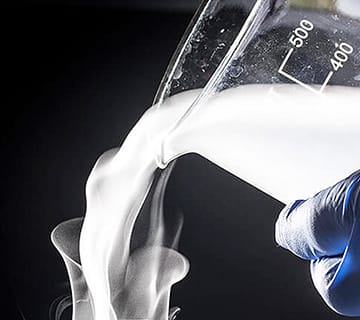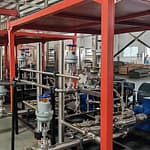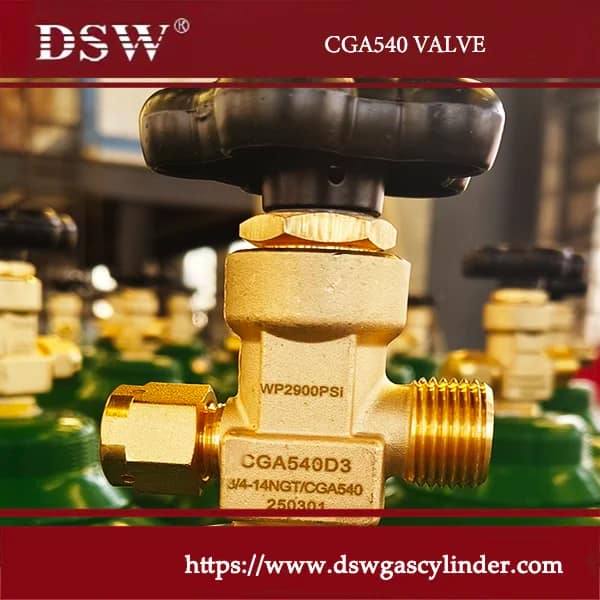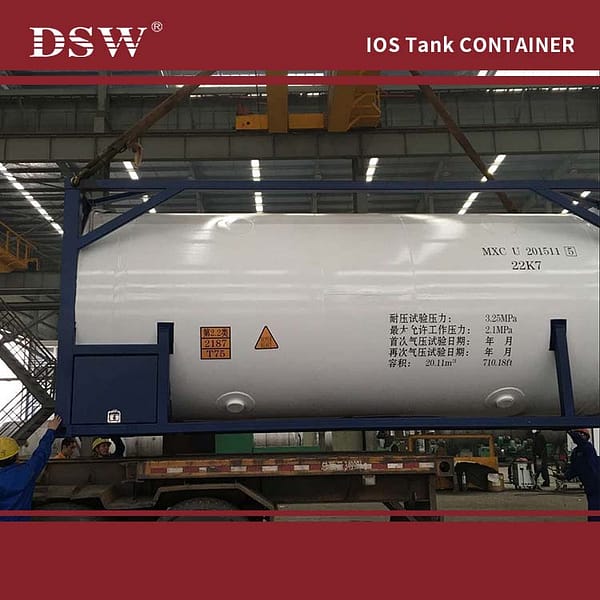
Air gas is a mixture of gases naturally present in the Earth’s atmosphere. It primarily consists of nitrogen (approximately 78%), oxygen (approximately 21%), and small amounts of other gases such as argon, carbon dioxide, neon, helium, and trace amounts of various gases. These gases are essential for supporting life and various natural processes on Earth.
Air gas is commonly used in various industrial applications, including:
Industrial Processes: Air gas is used as a source of oxygen for various industrial processes such as combustion, refining, chemical reactions, and wastewater treatment.
Welding and Cutting: Oxygen is often used with fuel gases, such as acetylene, for welding, cutting, and metal fabrication processes.
Medical Applications: Medical-grade air gas is used in hospitals and healthcare facilities for respiratory support, anaesthesia, and medical gas therapy.
Food and Beverage Industry: Air gas is utilized in the food and beverage industry for processes such as carbonation, packaging, and preservation.


Cryogenic Pump Guide: Everything You Need to Know
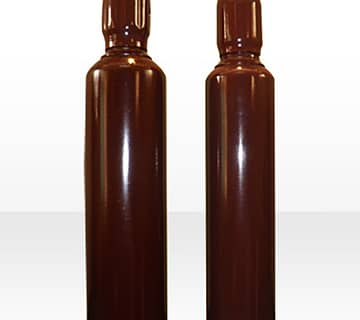
Seamless vs Welded Acetylene Cylinders: Key Differences
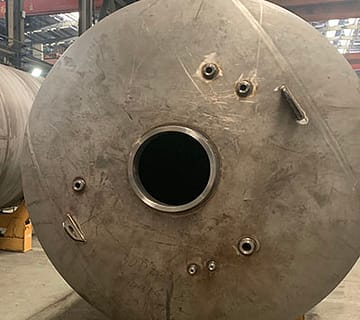
Overview of Insulation Types in Cryogenic Tank Manufacturing
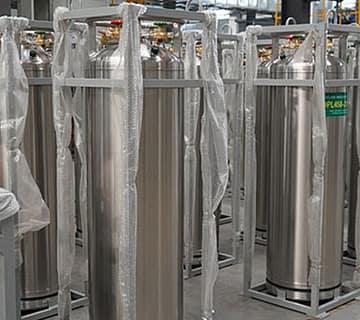
Liquid Nitrogen: Understanding Density, Weight, and Applications
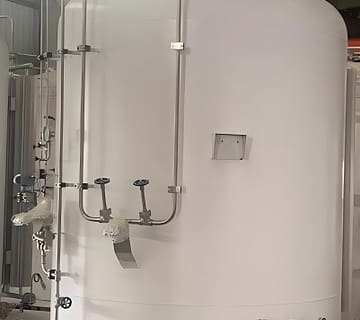
pressure relief valves for Microbulk Tanks: Functions
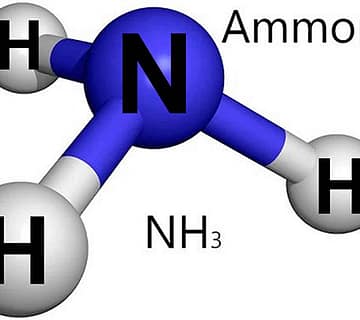
Ammonia: Properties, Applications, and Production
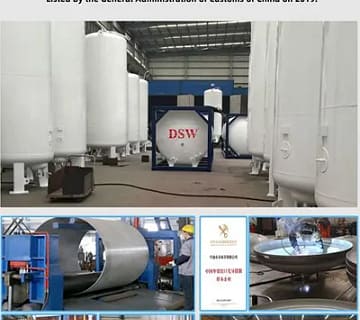
Top 11 Cryogenic Tank Manufacturers Worldwide in 2024
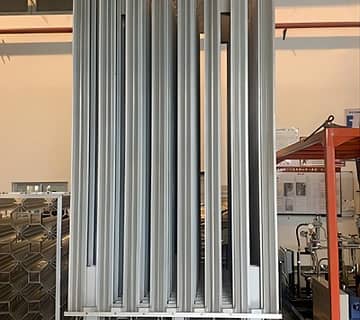
In-Depth Guide to Cryogenic Vaporizers: Types and Applications
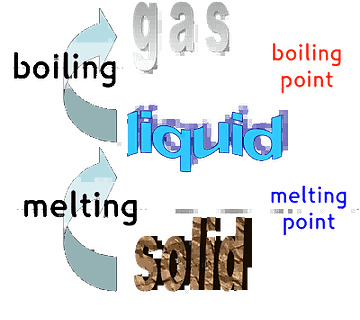
Boiling points of industrial gases

Optimizing Gas Transportation: Tank Containers, Trailers
